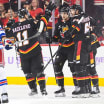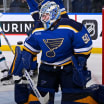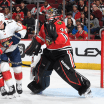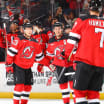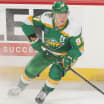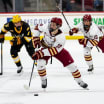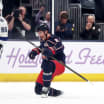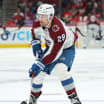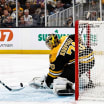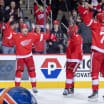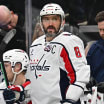The Coaches Room is a weekly column by one of four former NHL coaches and assistants who will turn their critical gaze to the game and explain it through the lens of a teacher.
In this edition, Daniel Lacroix, a former assistant with the Montreal Canadiens, New York Rangers, Tampa Bay Lightning and New York Islanders, discusses how to contain top-end offensive players.
Top-end offensive players pose challenge in containment
Lacroix says awareness, discipline, matchups are key in slowing them down
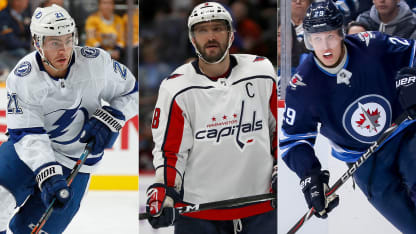
WSH@MTL: Ovechkin finishes Wilson's feed in tight
TBL@PHI: Point drives to the net and scores
WPG@FLA: Laine snipes power-play goal past Reimer


